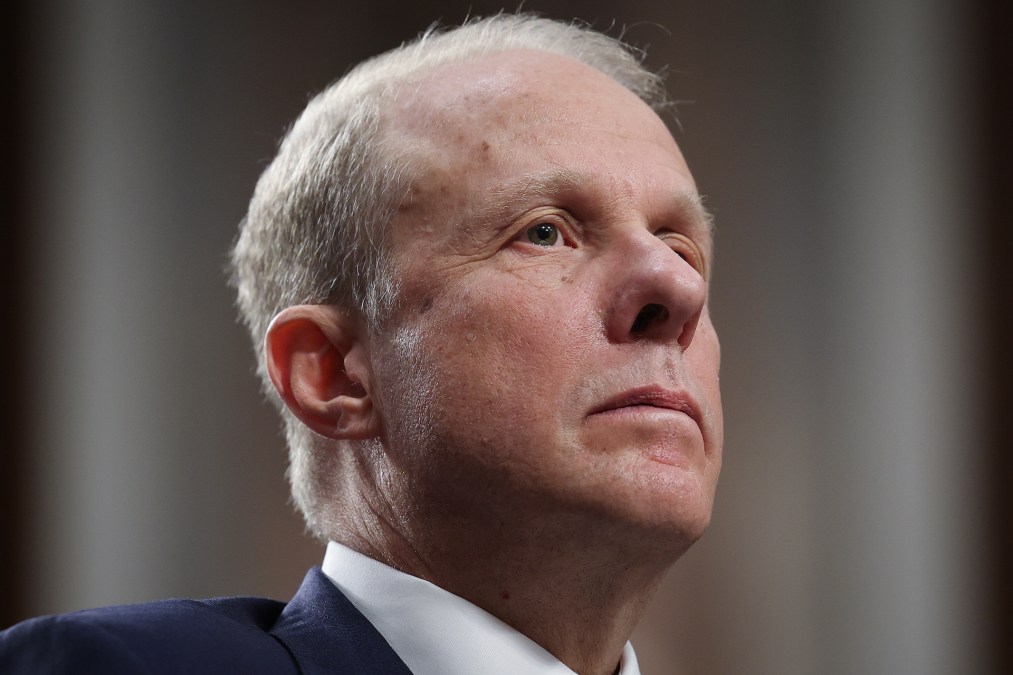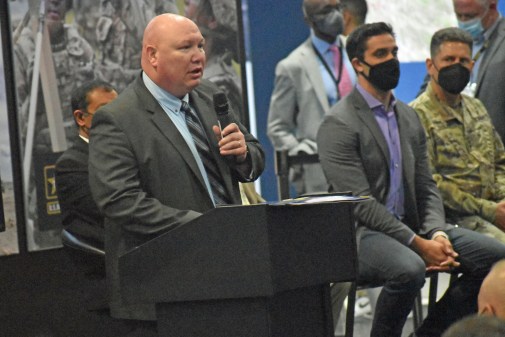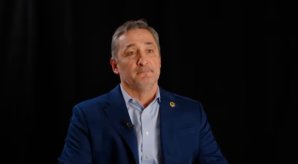Feinberg orders major shakeup in Pentagon’s AI enterprise

The Office of the Under Secretary of Defense for Research and Engineering is taking over the “authority, direction, and control” of the Pentagon’s Chief Digital and AI Office, according to new guidance issued Thursday by Deputy Secretary of Defense Stephen Feinberg that presents an accelerated plan to disrupt and transform how the emerging technology is adopted across the Defense Department and military.
“By aligning the CDAO under the USD(R&E), we create a powerful innovation engine that can deliver Al superiority from laboratory to battlefield,” Feinberg wrote in a memorandum to Pentagon leadership, combatant commanders, and defense agency and DOD field activity directors.
The CDAO had previously been a direct report to the deputy SecDef.
DefenseScoop obtained a copy of the directive from a source who requested anonymity to share it on Friday, after others alerted the publication of its creation. A defense official subsequently acknowledged the memo’s existence in an email — noting that the CDAO will continue to execute all current statutory responsibilities without interruption during this transition.
“This realignment is the next step in making a uniform, AI-first push for the [DOD],” the defense official said. “[It] will not create additional review layers or bureaucratic processes.”
Multiple predecessor organizations — including the Joint Artificial Intelligence Center (JAIC), Defense Digital Service (DDS), Office of the Chief Data Officer, and the Advana and Maven programs — were fused to form the CDAO, which was announced in late 2021 and reached full operating capability in 2022. The office operated under the direct purview of then-Deputy Defense Secretary Kathleen Hicks, who ultimately steered its launch to centralize oversight and expedite the department’s data and AI initiatives.
Some of its notable early outputs since then include the online “Tradewind Solution Marketplace,” the production of the Pentagon’s Data, Analytics, and AI Adoption Strategy, and the military’s highly anticipated minimum viable capability for Combined Joint All-Domain Command and Control (CJADC2).
But that progress has not come without some controversy. For instance, a recent Government Accountability Office report found that the CDAO had not properly worked to define and identify DOD’s AI workforce, and it is also under oversight review by the Office of Inspector General. Separately, in May 2023, DefenseScoop obtained internal documents that suggested an internal CDAO review had revealed that certain personnel were deeply dissatisfied with how senior leaders were running the office.
More recently, questions and rumors have been swirling inside the department and online about what the CDAO’s future could look like under the new Trump administration. While AI is a major priority for the U.S. government in President Donald Trump’s second term, the CDAO has seen an exodus of senior leaders and other technical employees in recent months.
In his guidance, Feinberg said that this new “transformation directly implements the White House Al Action Plan’s directive to drive Al adoption within the” department unveiled by the administration earlier this month.
“Rebuilding our military advantage demands that the [DOD] become an [AI-first] enterprise; one that rapidly adopts cutting-edge commercial Al technologies, exploits data at scale to generate operational advantage, and leads the discovery of new ways to fight and win,” he wrote.
The deputy secretary’s primary objectives with this organizational restructure, as he outlined in the memo, include: unifying Al strategy, development, and implementation under the department’s chief technology officer to accelerate capability delivery; ensuring tighter integration between Al research, engineering, and operational deployment; clarifying long-term stewardship and resourcing for critical enterprise Al platforms; and streamlining management and oversight while preserving statutory responsibilities.
To implement the reforms, he directed the R&E directorate to prepare and deliver “a comprehensive DOD Al Strategy aligned with the National Al Action Plan that defines measurable outcomes for creating an Al-first Department, launches projects with accountable individuals, and integrates with the requirements and resourcing systems” within 60 days.
Feinberg also sets a 120-day deadline for R&E to provide recommended updates to the CDAO’s original Chartering Directive — and, significantly, to supply “a recommended path forward for Advana and Maven Smart Systems that recommends optimal stewardship models and details platform transition considerations, sustainment costs, required authorities, and full operational capability milestones.”
Among other tasks, the CDAO will in turn support the office in strategy development and platform transition planning, “providing all necessary data, cost estimates, and workforce information,” Feinberg noted. Further, he calls on the Office of the Under Secretary of Defense for Acquisition and Sustainment to “provide acquisition and lifecycle sustainment expertise to support platform transition analysis.”
“All actions must accelerate, not impede, our ability to field Al capabilities,” Feinberg wrote. “The USD(R&E) will provide monthly updates to me on implementation progress.”






